Ernest Shackleton’s Ship Endurance, Lost Since 1915, Is Found Off Antarctica
Explorers have discovered Ernest Shackleton’s Endurance, one of history’s most famous shipwrecks, deep in the frigid sea near Antarctica, more than a century after it sank, they revealed Wednesday.
Endurance was located in the Weddell Sea at a depth of 3,008 meters (9,869 feet), roughly six kilometers (four miles) from where it had been slowly crushed by pack ice in 1915.
Shackleton went down in expeditionary mythology by the heroic escape he and his 27 colleagues then made, on foot and in boats.
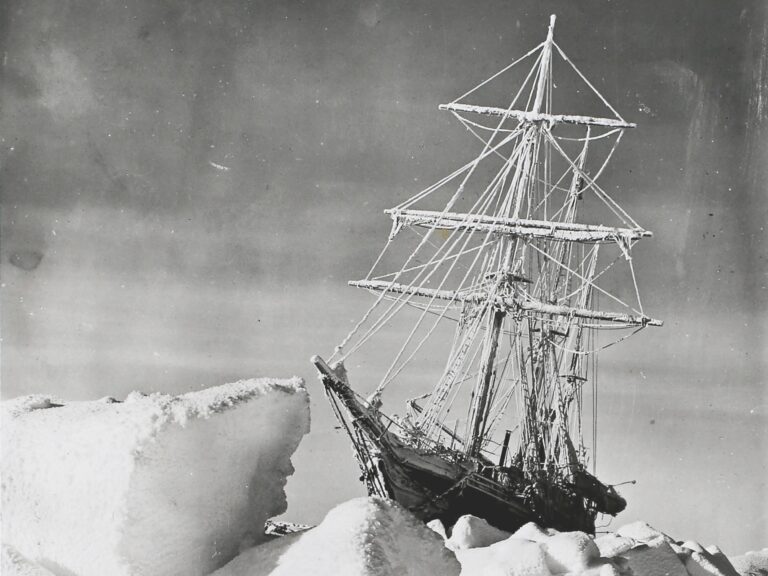
The ‘HMS Endurance’ caught in the ice in the Weddell Sea of the Antarctic during Sir Ernest Shackleton’s Imperial Trans-Antarctic Expedition, circa 1915. (Photo by Hulton Archive/Getty Images)
Mansun Bound, the expedition’s director of exploration, remarked, “We are overwhelmed by our good fortune in having identified and obtained photographs of Endurance.”
“By far the most beautiful wooden wreckage I’ve ever seen.” It stands straight, proud of the seafloor, undamaged, and in excellent condition. In a statement, he stated, “You can even see ‘Endurance’ arced across the stern.”
The Falklands Maritime Heritage Trust organized the mission, which set sail from Cape Town on February 5 with a South African icebreaker in the hopes of finding the Endurance before the end of the Southern Hemisphere summer.
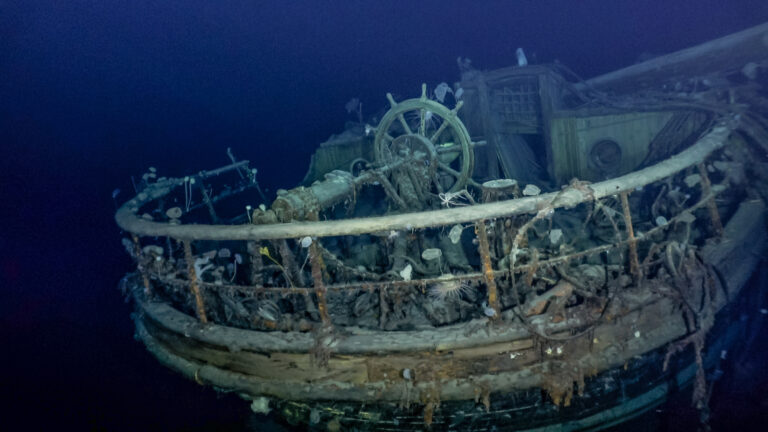
Between 1914 and 1917, Endurance’s crew was supposed to conduct the first land crossing of Antarctica as part of Shackleton’s Imperial Trans-Antarctic Expedition.
Their three-masted sailship, however, was lost in the raging Weddell Sea.
In January 1915, the timber vessel became caught in pack ice just east of the Larsen ice shelves on the Antarctic peninsula. It was gradually crushed before sinking 10 months later.
The world’s worst sea
The crew set up camp on the sea ice and drifted north until the ice burst up, at which point they jumped into lifeboats.
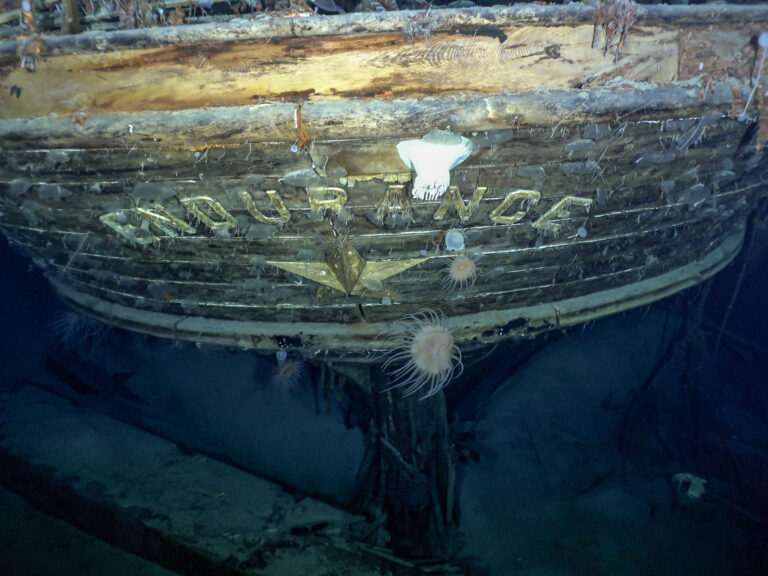
They first sailed to Elephant Island, a barren, treeless wasteland where the majority of the men were dumped down and a camp was established.
Shackleton then took five others in the strongest and most seaworthy boat for a 1,300-kilometer (800-mile) voyage to South Georgia, a British territory with a whaling station, using only a sextant for navigation.
The 17-day journey onboard the 6.9-meter (22.4-foot) open boat, which defied tremendous seas and frigid weather, is widely regarded as one of the most extraordinary exploits in maritime history.
All 28 members of the expedition made it out alive.
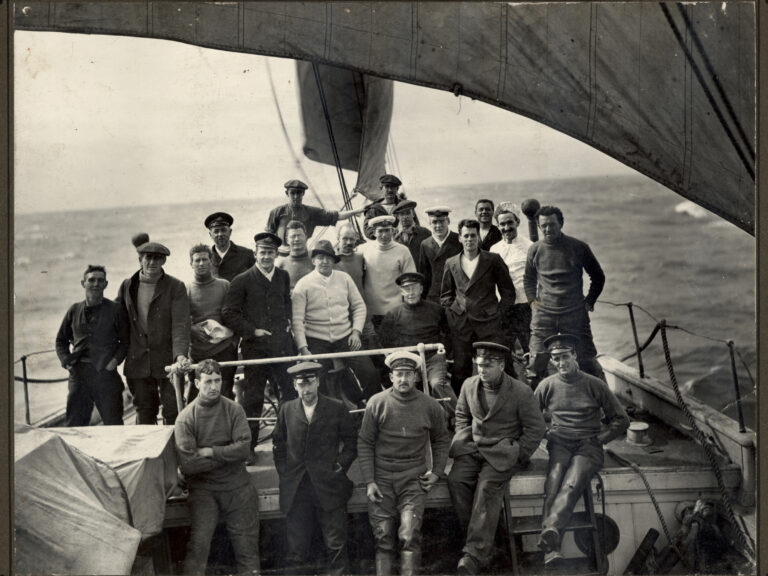
Explorers posing on the deck of the ‘Endurance’ during the Imperial Trans-Antarctic Expedition, 1914-17, led by Ernest Shackleton, 7th February 1915. (Photo by Frank Hurley/Scott Polar Research Institute, University of Cambridge/Getty Images)
Underwater drones were employed by modern researchers to locate and film shipwrecks in the harsh Weddell Sea. Its swirling circulation maintains a thick layer of sea ice that may thwart even the most advanced icebreakers.
The sinking place was characterized by Shackleton as “the worst piece of the worst sea on the planet.”
The area remains one of the most challenging to travel portions of the ocean.
The mission’s subsea project manager, Nico Vincent, commented, “This has been the most challenging subsea project ever conducted.”
As with the Titanic,
The 44-meter-long (144-foot-long) ship was captured in spectacular detail by the underwater drones.
After more than a century below, the helm has somehow survived, with gear piled against the taffrail as if Shackleton’s crew had just left it.
Even though the ship’s timbers have been destroyed by the ice that has sunk in, they nonetheless remain together. A mast had broken in half across the deck, and portholes hinted at what secrets might yet be hidden within.
The debris was home to sea anemones, sponges, and other small water life forms, but they did not appear to have harmed it.
As with the Titanic,
The 44-meter-long (144-foot-long) ship was captured in spectacular detail by the underwater drones.
After more than a century below, the helm has somehow survived, with gear piled against the taffrail as if Shackleton’s crew had just left it.
Even though the ship’s timbers have been destroyed by the ice that has sunk in, they nonetheless remain together. A mast had broken in half across the deck, and portholes hinted at what secrets might yet be hidden within.
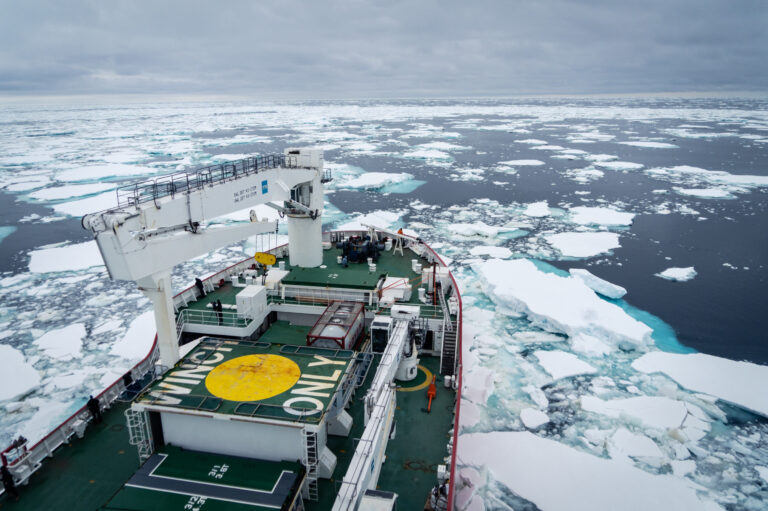
The debris was home to sea anemones, sponges, and other small water life forms, but they did not appear to have harmed it.
“It’s rather astounding merely to see the photos of that ship on the seafloor,” said Adrian Glover, a deep-sea researcher at the Natural History Museum in the United Kingdom.
“As Shackleton and others discovered, it’s not a forgiving place,” he told AFP. “The sea ice there can build up swiftly and smash a ship, or at the very least slow it down.”
South Africa’s environment ministry, which owns the icebreaker, reported that a previous mission in 2019 had failed to locate the Endurance.
The wreck is designated as a historic site under international law. Explorers were permitted to video and scan the ship but not to touch it, implying that no artifacts could be brought back to the surface.

The team deployed Sabertooth underwater search drones, which were created by Saab and dived beneath the ice to the Weddell Sea’s deepest depths.
Scientists studied climate change during the flight, monitoring ice drifts and weather trends.
Stefanie Arndt, a sea ice researcher from the Alfred Wegener Institut in Germany, announced on Twitter that she will be returning with 630 ice and snow samples. “That’s a huge number,” she remarked.
The team must now complete the 11-day voyage back to Cape Town’s port.



